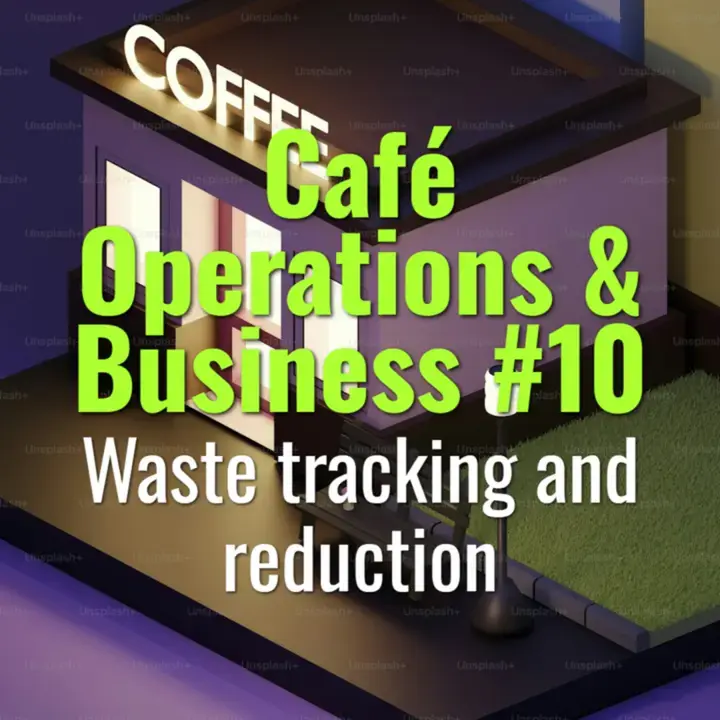Waste tracking and reduction
How cafés can track, analyze, and reduce waste to save money, improve efficiency, and lower environmental impact.
- Coffee Basics Nerds
- 2 min read
Article 10 of 12 in Café Operations & Business/

Why Waste Reduction Matters
- Food and packaging waste increase operating costs.
- Consumers value sustainability; visible waste reduction boosts reputation.
- Regulatory pressure in many regions to reduce landfill contributions.
Sources of Waste in Cafés
- Food & Beverage: Spoiled milk, expired pastries, brewing mistakes, overproduction.
- Packaging: Single-use cups, lids, straws, syrup bottles.
- Operational: Cleaning supplies, water overuse, energy inefficiencies.
Waste Tracking Systems
- Daily Logs: Baristas record wasted items (e.g., mis-pulled shots, milk spills).
- POS Integration: Track items voided, remade, or discounted.
- Visual Audits: End-of-day bin checks to identify major waste sources.
- Weighing Waste: Scales used to measure volume of discarded milk, pastries, etc.
Reduction Strategies
- Milk Management: Use smaller pitchers, calibrate steaming volumes.
- Batch Brew Control: Track demand to avoid excess brewed coffee waste.
- Food Inventory: Apply FIFO (First In, First Out) and adjust par levels.
- Reusable Packaging: Incentivize reusable cup use, compostable alternatives.
- Menu Design: Streamline offerings to reduce ingredients prone to spoilage.
Staff Involvement
- Train staff to recognize and report waste.
- Encourage a culture of mindfulness around resource use.
- Reward innovative staff-led waste reduction ideas.
Benefits
- Reduced operating costs.
- Lower environmental footprint.
- Stronger brand positioning with eco-conscious consumers.
Summary
By tracking waste systematically and applying smart reduction strategies, cafés can cut costs, minimize environmental impact, and align with modern sustainability expectations. Waste reduction is both a financial and ethical win.